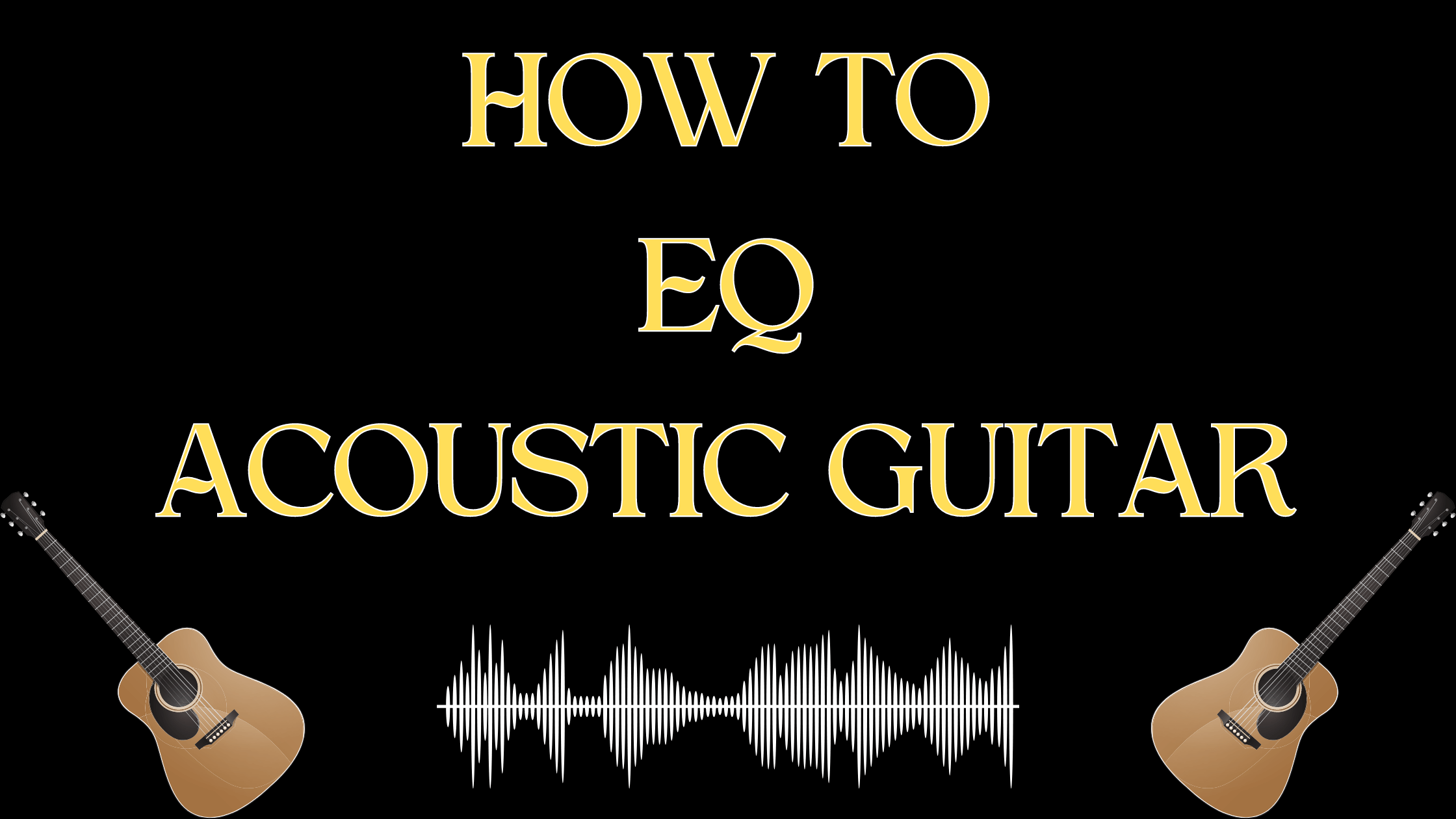Introduction
The subtle art of equalization, commonly known as EQ, can transform the sound of your acoustic guitar, adding depth and clarity. In this guide, we’ll explore the intricacies of EQ for acoustic guitars, from basic settings to advanced techniques, shedding light on the nuances that can elevate your playing experience.
Understanding EQ for Acoustic Guitars
Equalization is the process of adjusting the balance of frequencies in an audio signal. When it comes to acoustic guitars, EQ plays a pivotal role in shaping the tone and character of the instrument. Imagine it as a sculptor molding clay to create a masterpiece – that’s the power of EQ.
Basic EQ Settings for Acoustic Guitars
Adjusting the Low Frequencies
To give your acoustic guitar warmth and resonance, consider a gentle boost in the low frequencies. This imparts a rich, full-bodied tone that’s especially effective for genres like folk or blues.
Tweaking the Mid Frequencies
The mid frequencies are where the guitar’s character resides. Experiment with slight boosts or cuts to highlight the sweet spot that complements your playing style.
Fine-Tuning the High Frequencies
For sparkling highs that cut through the mix, a subtle lift in the high frequencies can do wonders. This is particularly beneficial for intricate fingerstyle playing.
Advanced EQ Techniques
Notch Filtering for Feedback Control
Live performers, take note! Notch filtering helps eliminate unwanted feedback, ensuring a clean and controlled acoustic guitar sound on stage.
Using Parametric EQ for Precision
For the audiophiles and studio enthusiasts, parametric EQ provides precise control over specific frequencies. This level of detail is invaluable for refining your acoustic guitar’s sonic profile.
Common Mistakes to Avoid
Over-EQing and Its Consequences
Too much of a good thing can be detrimental. Over-EQing can lead to a unnatural, artificial sound. Finding the right balance is key.
Neglecting Room Acoustics
Remember, your guitar doesn’t just interact with your EQ settings; it also responds to the room it’s played in. Be mindful of your acoustic environment.
Tips for Recording Acoustic Guitars with Optimal EQ
Choosing the Right Microphone
The microphone you choose significantly influences the EQ of your recorded sound. Experiment with different mics to find the one that complements your guitar’s natural tone.
Positioning the Microphone for the Best Results
Play around with microphone placement. A slight adjustment can make a world of difference in capturing the nuances of your acoustic guitar.
Conclusion
In this journey through the world of acoustic guitar EQ, we’ve covered a spectrum of techniques and insights to help you enhance your playing experience. Remember, EQ is not just a tool; it’s your artistic ally in shaping the sound of your acoustic guitar.
FAQs
- Can I use the same EQ settings for all my acoustic guitars?
- While there are general guidelines, it’s advisable to tailor your EQ settings to each guitar’s unique characteristics.
- Do I need expensive EQ pedals or software to get good results?
- Not necessarily. Quality EQ results can be achieved with both budget-friendly and high-end options. It’s about finding what suits your needs.
- How often should I clean the EQ components of my acoustic guitar?
- Regular maintenance is key. Aim to clean your EQ components every few months to ensure optimal performance.
- Is EQ necessary for recording acoustic guitars in a home studio?
- Yes, EQ can significantly improve the quality of your recordings by addressing room acoustics and enhancing the guitar’s natural tone.
- Can unconventional EQ settings damage my acoustic guitar?
- If done with care, experimenting with unconventional EQ settings is unlikely to cause damage. However, it’s wise to proceed with caution and monitor the results.
RELATED ARTICLES
– Updated Buying guide for Metal Headphones;
– djent pedals;

